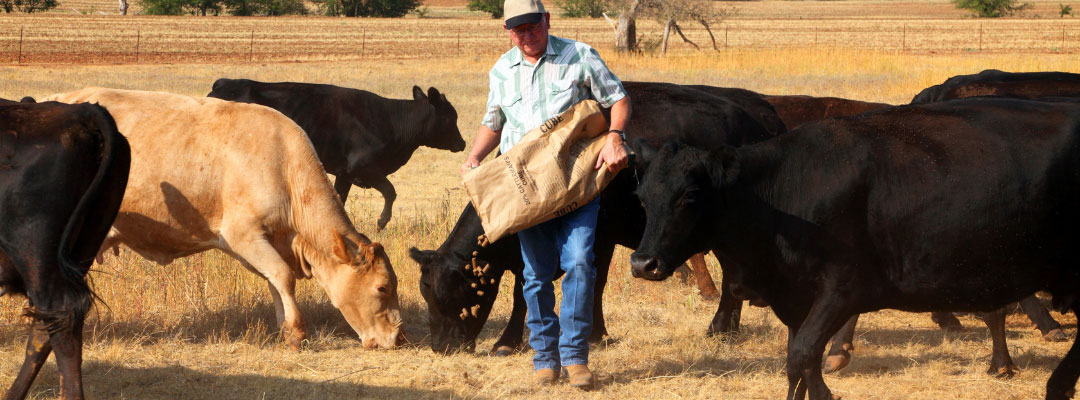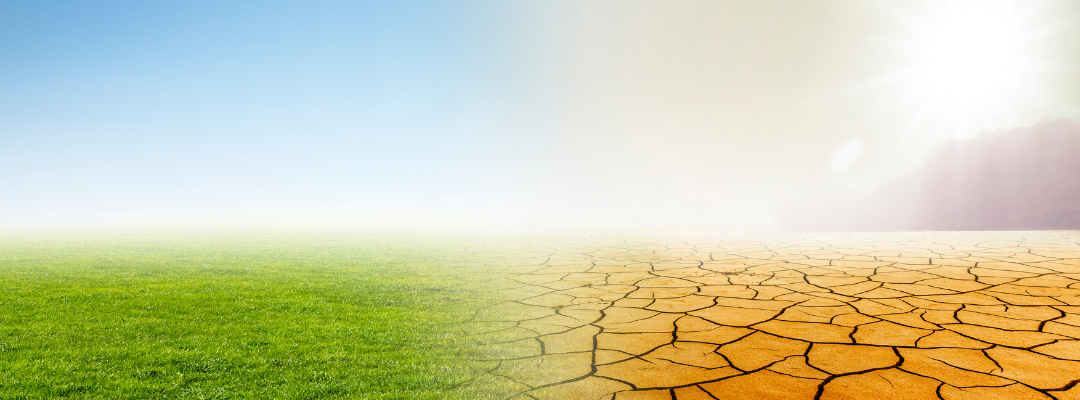Wheat and other small grain grazing is an important source of demand for calves every Fall. Fewer cattle will likely be grazing on small grain pastures this Winter due to poor plant establishment caused by drought. The January 2022 USDA-NASS Cattle report indicated 1 percent fewer cattle grazing on small grain pastures in Kansas, Oklahoma, and Texas last winter. Many producers from the Southern Plains (Kansas, Oklahoma, and Texas) have already early weaned and sold their calves due to the drought. Lower winter wheat forage production this year will reduce cattle demand from other Southern states.
Planted acres of winter wheat are expected to increase in the Southern States from last year. However, early planting conditions challenge future grazing forage production for ranchers in this area. Winter wheat planting conditions have been severely affected after three consecutive ENSO Niña periods. About 95 percent of the winter wheat area in the Southern Plains (Kansas, Oklahoma, and Texas) is still under drought (Figure 1), compared to an estimated 33 percent at the beginning of last season.
Figure 1. Winter Wheat under Drought Conditions

The planting rate in the Southern Plains States is 4.2 percent lower than the average over the last five years (Figure 2). However, the crop emergence rate is even lower than the planting rate. Kansas winter wheat has the lowest emergence rate of 40 percent (34.4 percent lower than the five-year average). Oklahoma’s emergence rate is 11.5 percent lower than average, while Texas’s is only down 4.2 percent.
Figure 2. Winter Wheat Planted Acres and Wheat Emergence Rates

Compared to last year, some stockers were grazed in deferred summer grasses, with higher costs and at the expense of a reduced spring forage supply for their cow-calf operation. Range and pasture conditions have severely decreased compared to last year (Figure 3). In Kansas, 79 percent of Range and Pasture Condition was categorized as very poor and poor. In Oklahoma and Texas, range and pasture conditions are 58 and 30 points higher for similar categories. This alternative will not be available this year, where all forage left will likely be reserved for cows.
Figure 3. Range and Pasture Conditions

Producers will face many challenges putting weight on stockers if poor winter wheat conditions do not improve during the season. As the drought continues, the higher the risk of seeing more calves being sold underweight and earlier in the market. It will likely mean less of a seasonal decline in heavy feeder prices in the March-May period.

Pancho Abello
Assistant Professor and Extension Specialist-Management
pancho.abello@ag.tamu.edu
Abello, Pancho. “Small Grain Pastures“. Southern Ag Today 2(45.2). November 1, 2022. Permalink









